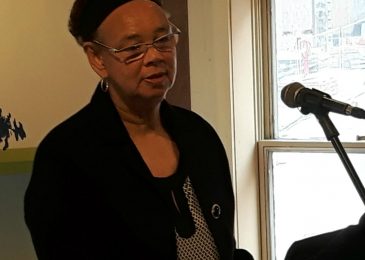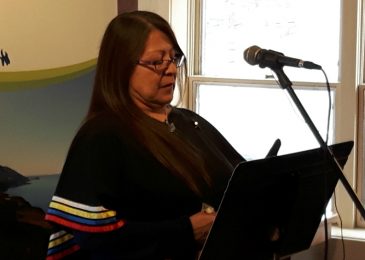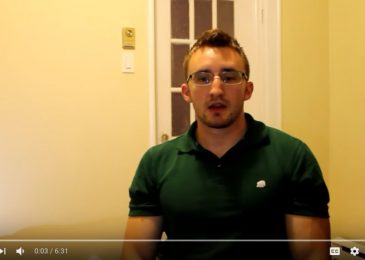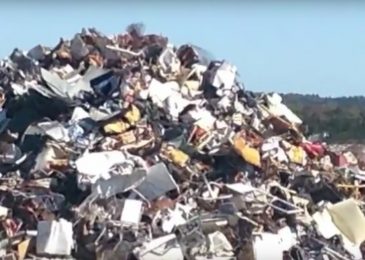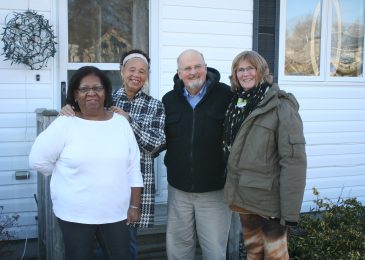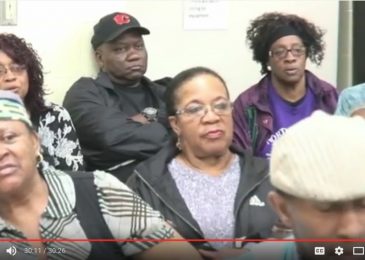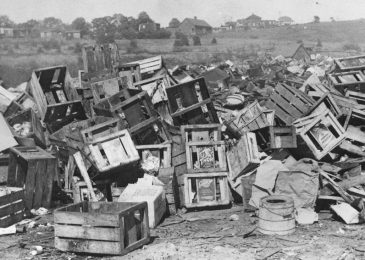Louise Delisle on the despair caused by environmental racism in the Town of Shelburne
This morning at the launch of the Environmental Bill of Rights Louise Delisle, a resident of the Black community within the Town of Shelburne, spoke about the damage done by pollution from the town dump placed right in the middle of the community. With her permission we publish that speech here.
“We were not allowed to speak. They would never speak for fear of repercussions, not being able to care for their families if they spoke up because they would lose their job.”

